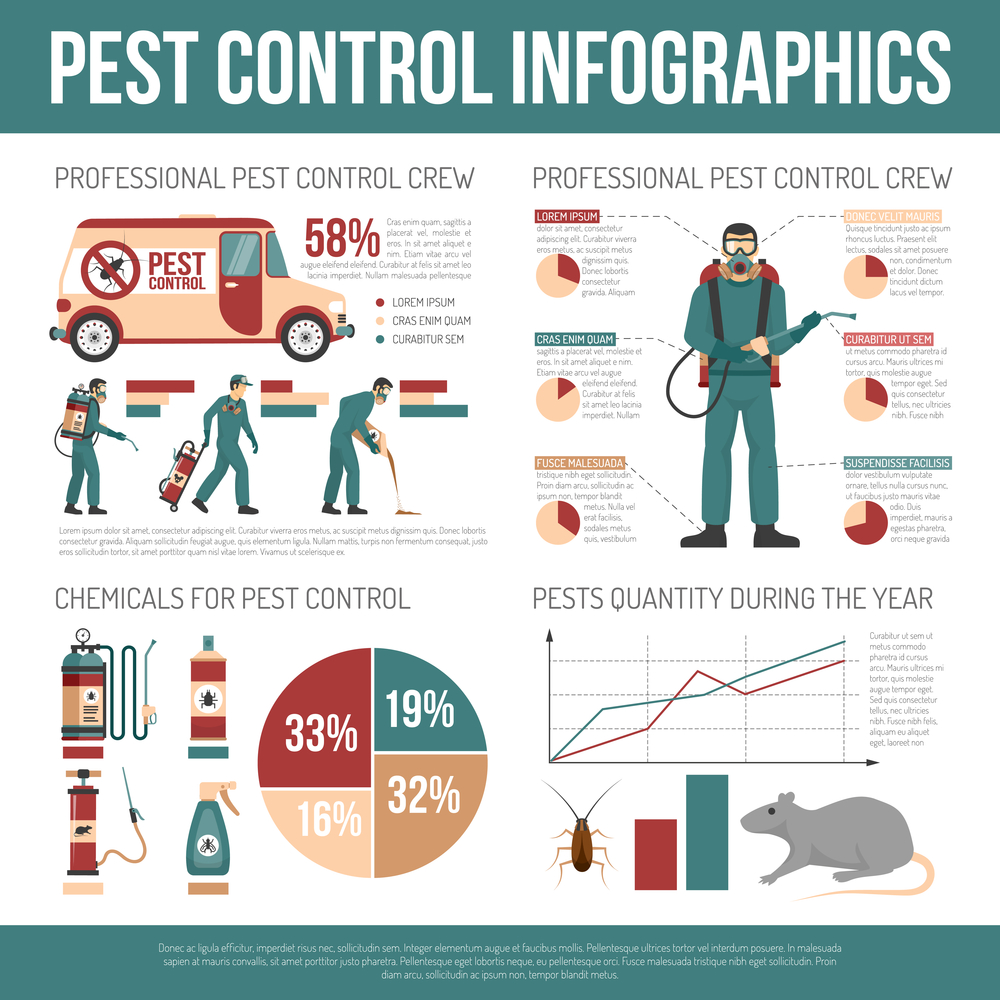The Pestwise Statements
Table of ContentsThe 5-Second Trick For PestwiseUnknown Facts About PestwiseThe Only Guide to PestwiseThe Pestwise StatementsOur Pestwise StatementsHow Pestwise can Save You Time, Stress, and Money.Getting The Pestwise To Work

Q. Define "integrated insect administration" (IPM) and checklist several feasible control strategies that might be used in an IPM method. A. Integrated insect management is the integrating of ideal bug control strategies into a single plan to lower parasites and their damages to an acceptable level. Insect control techniques may consist of: host resistance, organic control, social control, mechanical control, sanitation, and chemical (pesticide) control.
See This Report on Pestwise
What can you do to keep the bugs you are attempting to manage from becoming immune to the pesticides you make use of? A. Parasite resistance can be minimized by using incorporated pest management and rotating the kinds of chemicals made use of.
Parasites are a vital hazard to the farming service, and incorporated parasite management assists growers address and reduce these dangers. Integrated bug monitoring uses a number of approaches in complicated, thus being an extra reliable solution to the problem. Bug Exterminator. Particularly, getting rid of hostile chemical methods enables minimizing injury to individuals and the setting by utilizing all-natural and safer alternatives instead
Not known Factual Statements About Pestwise
The goal of integrated insect monitoring is to reduce this injury and control appropriate infestation degrees as opposed to remove all unwanted populations. This is why it is very important to comprehend what procedures are warranted in each instance and use hostile ones just when various other integrated management methods don't work. Integrated monitoring alleviates the adverse effects of a non-IPM strategy, and the major benefits of IPM Advantages of IPM.
A correct understanding of the invasion extent figures out if the trouble ought to be addressed. are the next parts of an IPM program due to the fact that it is crucial to recognize if the organisms make potential risks and choose on the incorporated administration alternatives or the particular pesticide use. intend to minimize problems by using different agronomic strategies.
The Pestwise Statements
Integrated administration choices in an IPM program begin with much safer to a lot more aggressive ones. The above-mentioned incorporated administration elements assist understand just how to intend and execute an IPM program action by step: Monitor your plants regularly.

Amongst others, IPM social methods include the complying with area management strategies: dirt therapy; option of suitable plants; plant turning; interplanting or strip cropping; option of planting dates; weed control; use of catch plants. Favorable dirt problems speed up plant development, and strenuous crops are extra resistant to problems. Healthy plants and seeds his response determine effective plant growth, so it is crucial to select pest-free growing material with solid roots.
Thus, among other applications, crop rotation can be successfully utilized as an incorporated insect monitoring method. Pests spread out slower if rows of various plant kinds separate their host plants in intercropping or strip cropping, which is also used in the incorporated pest monitoring system. Conversely, problems increase when plants of the same plant kind or family members grow with each other.
, as well as tomatoes. Growing catch plants in spots is another alternative for IPM intercropping. This incorporated insect monitoring method suggests bring in parasites to particular plants and then managing them with chemical or mechanical techniques.
Getting My Pestwise To Work
Barriers are regular instances of physical IPM approaches. Let's take a more detailed take a look at them. Eliminating or picking bugs out manually is a time and labor-consuming alternative that is extensively used in incorporated administration and chemical-free farming. Fully grown insects or their eggs and larvae are gathered by hand and destroyed.

Division of Plant Sciences. University of Missouri. Soil solarization is a reliable incorporated management technique to sanitize the area by heating it in an all-natural method. This incorporated administration technique suggests a typical means of destroying bugs by killers, parasitoids, pathogens, and various other biological control representatives (aka antagonistic organisms). The duty of organic control in IPM is to.
Not known Facts About Pestwise
With time, their population transformed out to be an actual problem to farmers alongside native kangaroos or dingoes. The walking stick toad is another case illustrating integrated biological control failure hereof when it refused to hunt the target varieties and became a pest itself. Parasitoids create on or within their hosts to eventually eliminate them after growing.